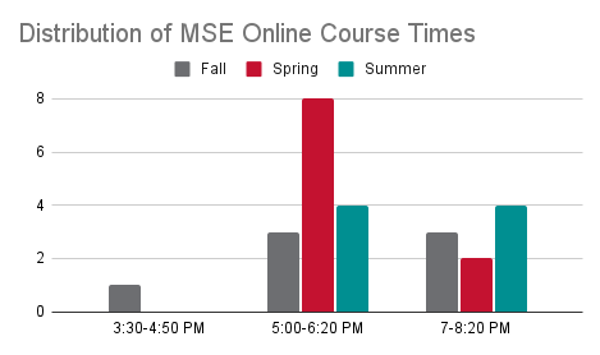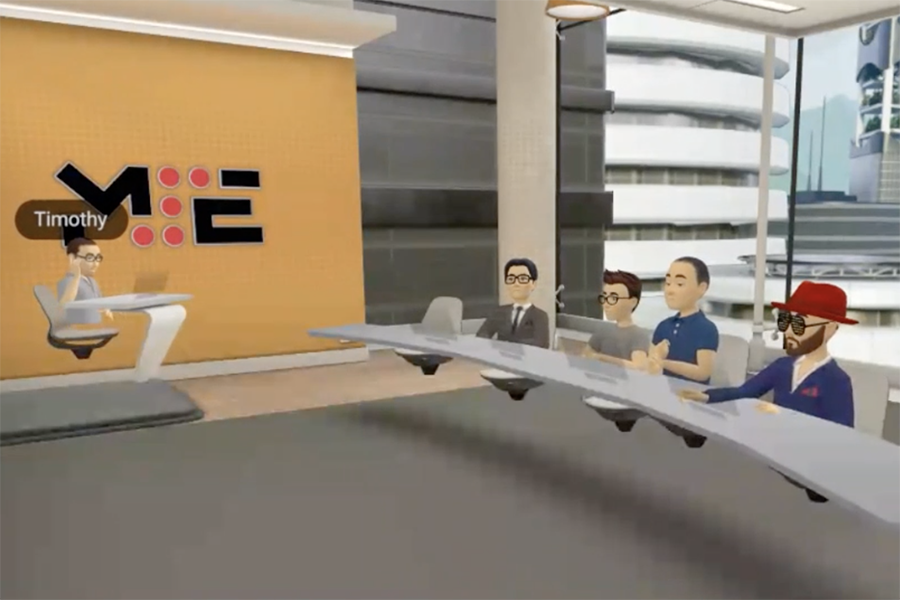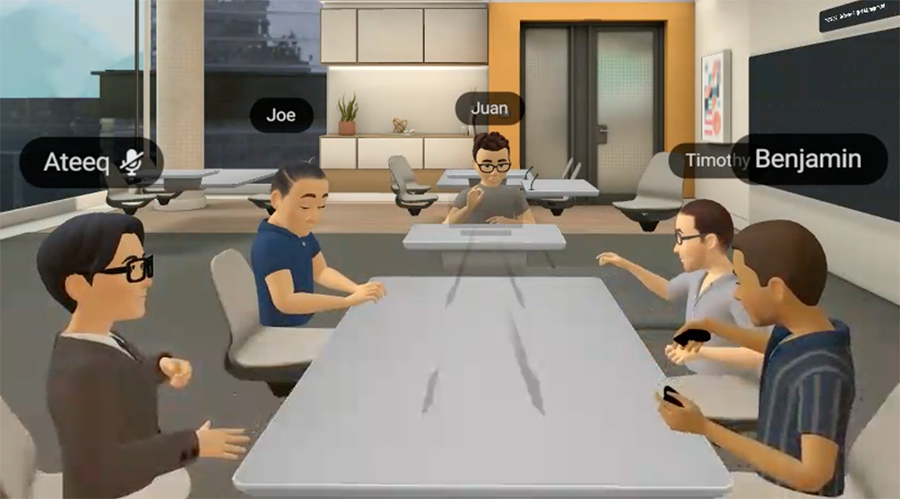The MSE Online program offers flexible classroom options to accommodate your busy work schedule while maximizing opportunities for in-person interactions with faculty and fellow students.
- 100% of MSE Online courses provide at least one hour per week of face-to-face instruction with the same instructors who teach our campus courses.
- 96% of MSE Online courses are taught between 5:00 pm - 8:30 pm (Eastern Time, GMT-4).
- 100% of MSE Online courses are recorded. Recordings are typically made available within an hour after the class ends.
Online Course Modalities
The MSE Online program offers two classroom modalities.
- In the Campus Hybrid Format, the Online class is scheduled at the same time as the campus class. MSE Online students attend via Zoom. The instructor can interact with MSE Online students in the classroom, including asking and answering questions.
MSE Online students have access to an additional one-hour recitation section led by the instructor and reserved for MSE Online students. In the recitation section, instructors review lectures and engage with students in discussions tailored to their backgrounds and work experience.Campus Hybrid classes are typically scheduled between 8:00 am - 6:30 pm ET.
- In the Fully Remote Format, classes are scheduled primarily for our MSE Online students between 5:00 pm - 8:30 pm ET. Classes are conducted on Zoom or in virtual reality (VR).
Virtual Reality Classroom
The MSE Online program piloted virtual reality (VR) classroom in Meta Horizon Workrooms. As part of the pilot and subject to our terms and conditions, the MSE Online program students were issued Meta Quest Pro headsets. During the pilot period, VR classes were offered to MSE Online students at least once a semester.
The pilot tested whether VR classroom technology offered advantages over traditional video call software.
- Spatial audio and video allow students to hear speakers to their left or right and to turn to face those speakers during conversations.
- Hand tracking allows students to raise their hands to signal to the instructor and others that they have questions or to interact with virtual controls at their desks.
- Face tracking allows students to visually communicate shared understanding or confusion using facial expressions, allowing students to communicate better during class with the instructor and their fellow students.
In addition, students could integrate their laptop or desktop computers into the virtual classroom to support real-time note-taking, student presentations and shared work with other students using Google Apps, Mural and other cloud-based collaboration tools.
The VR classroom pilot ended in Spring 2024.

 17-632 Software Project Management VR Classroom
17-632 Software Project Management VR Classroom